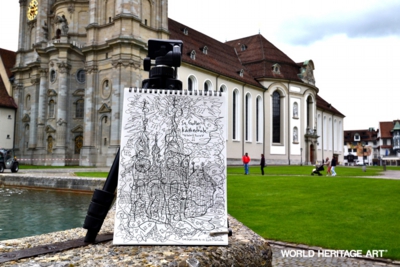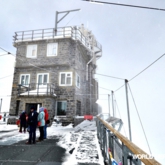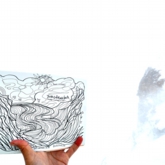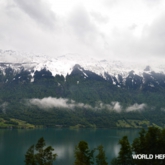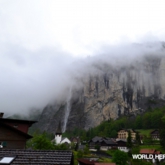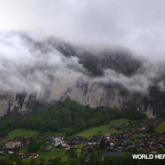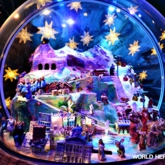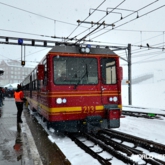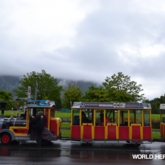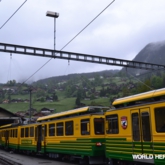Swiss Alps Jungfrau-Aletsch
Switzerland
0227-R ユングフラウ-アレッチュのスイス・アルプス_スイス連邦

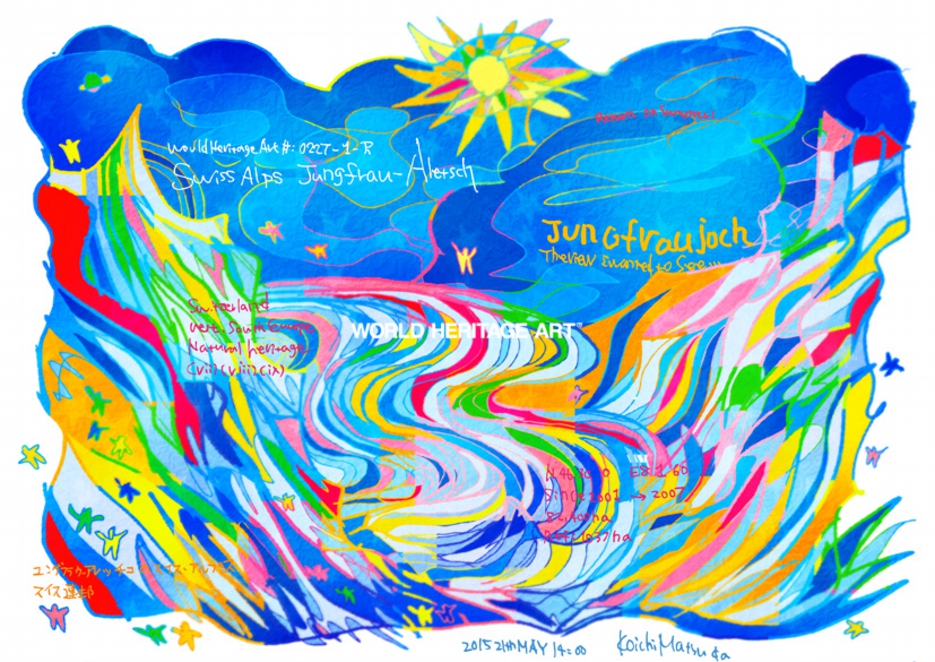
Photo : Koichi Matsuda©
0227-R_Swiss Alps Jungfrau-Aletsch_Switzerland
West, South Europe_Natural_(vii)(viii)(ix)_N46 30 0 E8 1 60_2001_Extension: 2007_82,400ha_Ref:1037bis
ユングフラウ-アレッチュのスイス・アルプス_スイス連邦_西・西南ヨーロッパ_自然遺産
スイスの名山が連なる地域_"氷河の長さは23.6km(2001年12月)に及び、面積は117.6km²(ユネスコの資料では128km² )、水の総重量は270億トンになる。その中心部は年180 - 200mのスピードで前進している[3]。アレッチ氷河を取り囲む9つの山頂はいずれも4000m級で、平均の標高は4108mである。
WIKIPEDIA
The extension of the natural World Heritage of Jungfrau - Aletsch - Bietschhorn (first inscribed in 2001), expands the site to the east and west, bringing its surface area up to 82,400 ha., up from 53,900. The site provides an outstanding example of the formation of the High Alps, including the most glaciated part of the mountain range and the largest glacier in Eurasia. It features a wide diversity of ecosystems, including successional stages due particularly to the retreat of glaciers resulting from climate change. The site is of outstanding universal value both for its beauty and for the wealth of information it contains about the formation of mountains and glaciers, as well as ongoing climate change. It is also invaluable in terms of the ecological and biological processes it illustrates, notably through plan succession. Its impressive landscape has played an important role in European art, literature, mountaineering and alpine tourism.
UNESCO
